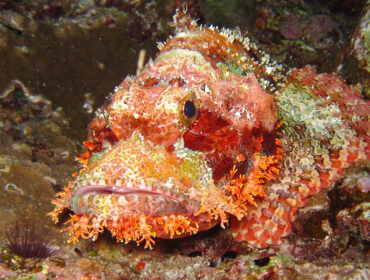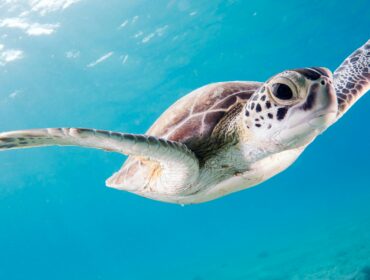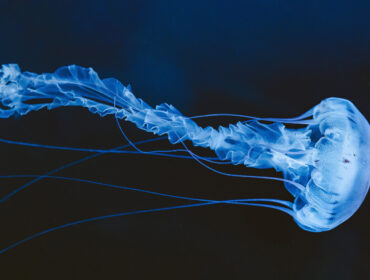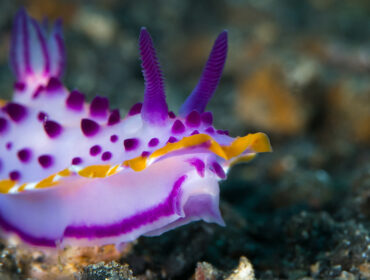Being a soft, sessile creature without brains, central nervous systems, or appendages that can help defend against predators and danger might seem like a death sentence, but not if you’re equipped with nematocytes. Nematocytes, also known as cnidocytes or cnidoblasts, are a type of cell found within the bodies of the various creatures belonging to the Cnidaria phylum, also known as cnidarians. In layman’s terms, this is the cellular component of jellyfish, anemones, hydrae, and corals that allows them to protect themselves from harm by injecting venom into their attackers.
The default position of a nematocyte is coiled up within the organism’s body. These nematocytes are lined with triggering hairs known as cnidocils. When something makes contact with the cnidocil, the creature reflexively discharges the tubular vessel containing the nematocyst. It takes just a few microseconds for the cnidocil to discharge, the effects of its toxin working instantly.
Nematocysts store a large amount of calcium ions that are deployed when the cnidocil trigger is pulled. The ensuing reaction causes a massive surge of calcium to flow through the cell, causing a great rush of water to flood the cell and thus deploy the cnidarian’s spring-loaded tubules.
Before this discharge, the coiled tubules lay within the cell in an inverted state. The back pressure generated from the hydration combined with the opening of the tip, causes the tubules to properly align themselves by the time they emerge from within the cnidarian, striking whatever is deemed as a threat with enough force to paralyze or outright skewer prey.
Because cnidae are single-serving cells and require large amounts of energy to function, nematocytes are arranged in a battery formation. This means that these cells are connected to various types of nematocytes, both as support cells and as neurons. The supporting varieties of cnidoblasts include sensors that team up with the pressure-sensing components of the cnidarian’s body in order to discern the best time to deploy its cnidoblasts.
Suitable triggers for deployment include the sensation of prey that happens to swim nearby, the presence of chemicals within surface-level tissues and so on. These mechanisms also ensure that the cnidarian does not accidentally deploy its cnidoblasts against itself.




